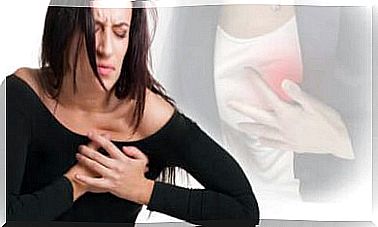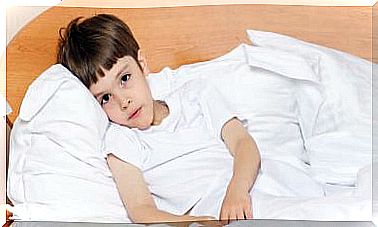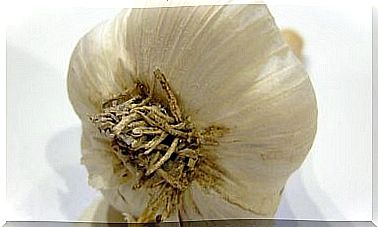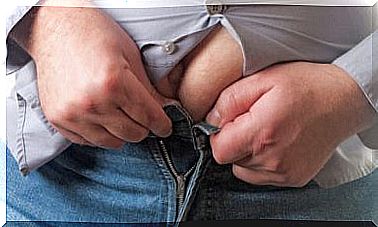Neck Pain Symptoms And Treatment

Know the symptoms of neck pain, the pain experienced in the neck region and areas close to it. Almost all over the world, it ranks second in the list of pain associated with the spine, surpassed only by low back pain.
The cervical area is the most mobile in the entire spine. Furthermore, it is one of the most flexible. This dynamism makes this region more exposed to deterioration, injury or excessive effort. These and other factors are what give rise to neck pain.
In most cases, neck pain is not a serious condition. It usually responds well to conventional treatments and does not cause sequelae. Symptoms rarely become severe and are associated with a more serious health problem.
What is neck pain?
Neck pain is what we call “pain in the neck”. Sometimes it corresponds to pain located in the neck itself, but other times it extends to the head, back or arms. It can cause neck pain, tingling and numbness in the fingers, and even dizziness and nausea.
This pain can have a variety of intensities, ranging from mild discomfort to a disabling sensation. This problem is more common in people over 40 years old and affects up to 50% of people over 60 years old.
Basically, two types of neck pain can be distinguished:
- Acute: Better known as torticollis. It appears suddenly and is the result of a muscle contracture. Symptoms disappear in the short term.
- Chronic: In chronic neck pain, pain is sustained for several weeks. It is estimated that 10% of the adult population has this problem.
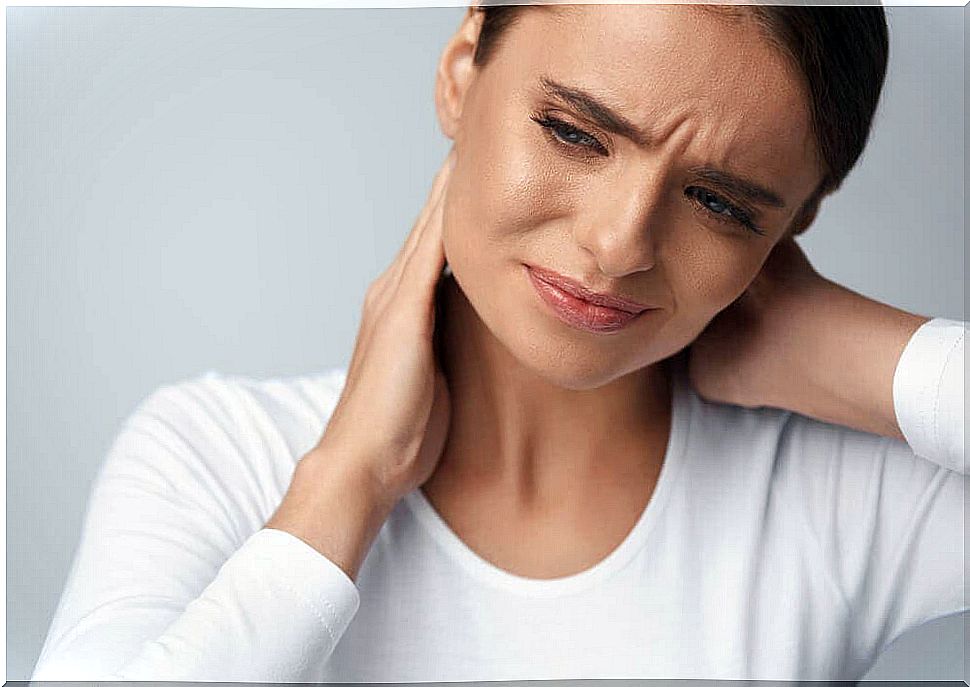
Causes of neck pain
Most commonly, this problem is the result of muscle overload or nerve damage. Both factors, in turn, can have a variety of causes. Look:
- Muscular origin. It occurs when there are overloads, continuous effort, fatigue or contracture of the cervical muscles. Trauma also gives rise to muscular neck pain. If the cause is maintained, damage to the intervertebral discs, vertebrae, or nerves is possible.
- Nervous origin. It occurs when there is damage to the intervertebral vertebrae and this results in a pinch of the nerve. Trauma, rheumatic diseases and aging all contribute to this happening. This can also lead to the development of a herniated disc.
On the other hand, there are some diseases that give rise to neck pain. The most common are cervical intervertebral disc diseases, cervical stenosis, osteoarthritis and trauma, especially the so-called “cervical whip”.
Neck pain symptoms
Obviously, the main symptom of neck pain is neck pain. It usually becomes stiff and the affected person feels uncomfortable moving it. Other symptoms, such as those discussed below, may also arise:
- headache
- tiredness or weakness
- Nausea and vomiting
- Fever
- Vertigo
- eye disorders
- beeps in the ears
- Tingling in shoulders and hands
If the pain is very severe, appears after a stroke, or is accompanied by fever or dizziness, it is best to see a doctor as soon as possible. He will examine you to assess cervical spine mobility and muscle and joint function.
It will probably also ask for x-rays and a blood test. In some cases, a CT scan or nuclear magnetic resonance will be required. Also, a lumbar puncture may sometimes be necessary if meningitis is suspected.
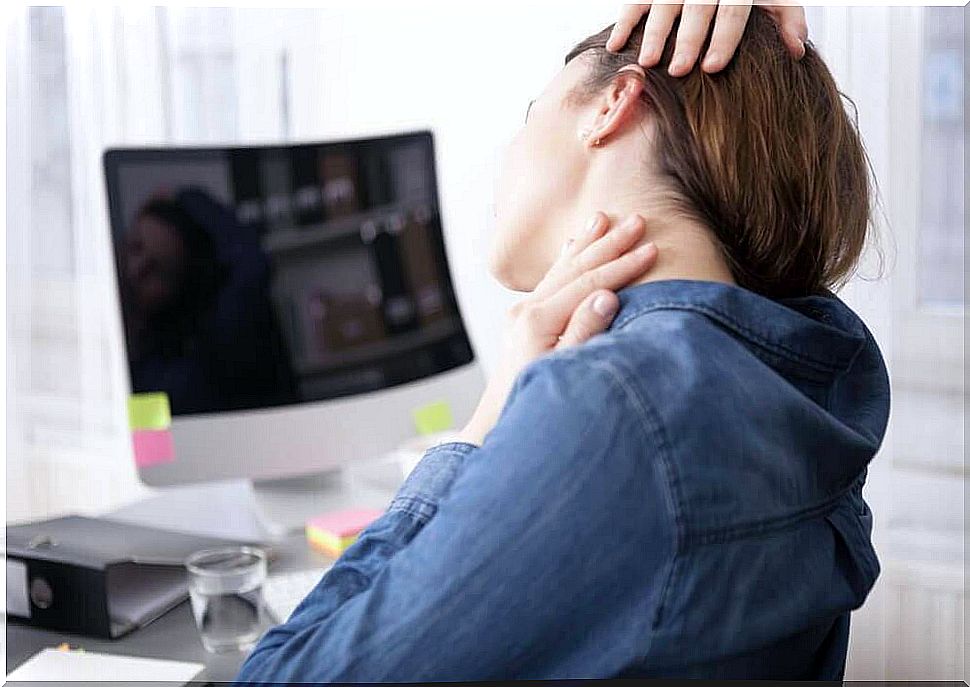
Treatment of neck pain symptoms
To deal with neck pain, conservative physical therapy treatment is, in principle, used. It improves cervical mobility and promotes relaxation. It usually includes massaging the neck as well as applying heat to the affected area. It is common for neck and shoulder pressure showers to be recommended when waking up in the morning.
It is also common for the physiotherapist to indicate a series of exercises and give timely recommendations about postural hygiene. In some cases, mild medications such as anti-inflammatories, pain relievers or myorelaxants are used to treat the problem.
More severe cases require surgery to treat the pain. Sometimes the goal is to stabilize the spine when the origin of neck pain is trauma. At other times, the focus is on reducing pressure on the spinal cord or nerve roots.
